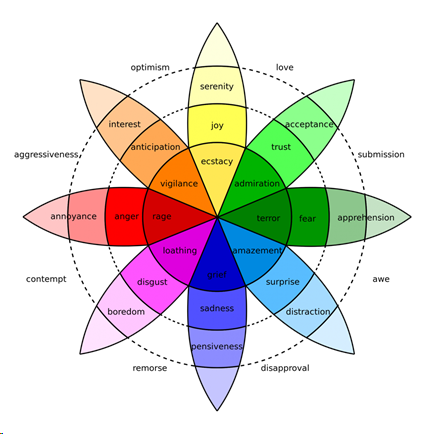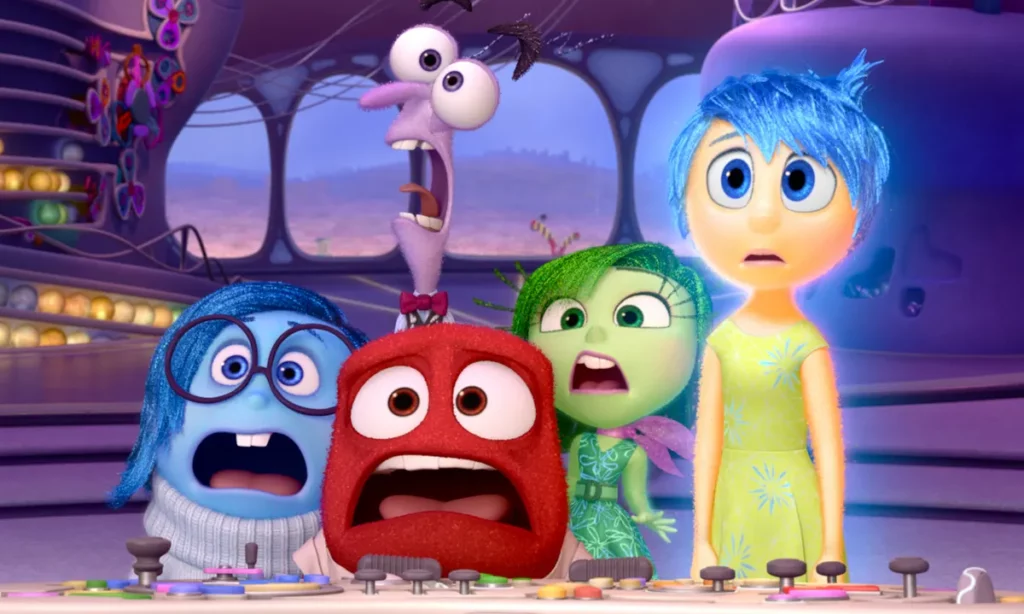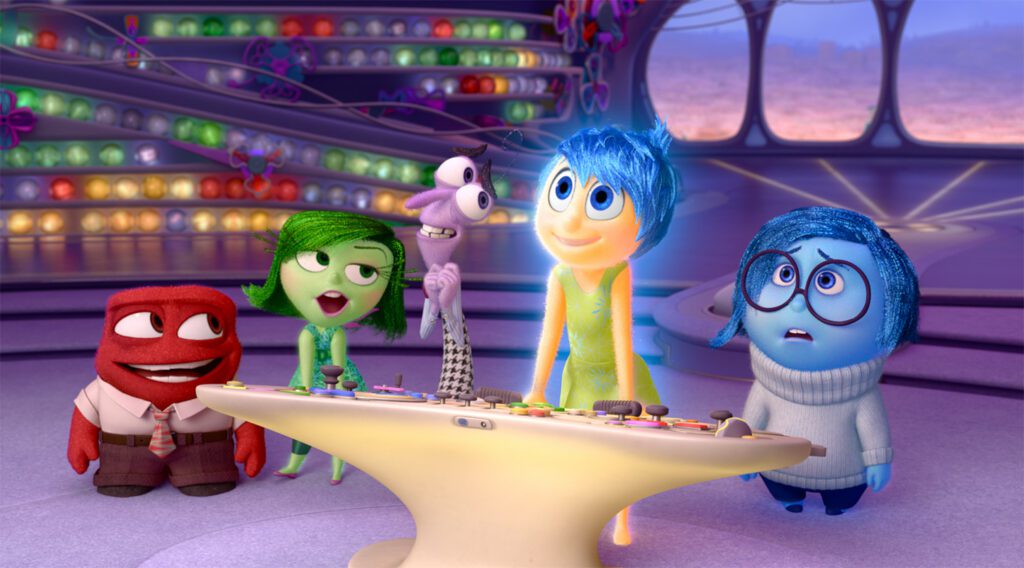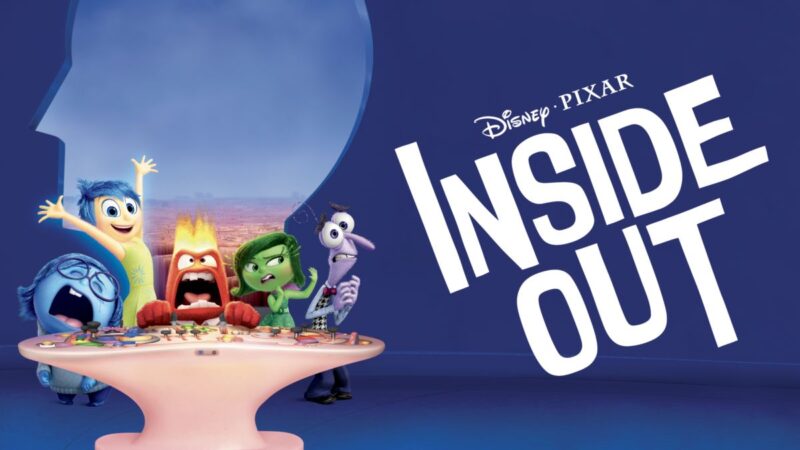Thelongestfilm.com – Review dan Synopsis Inside Out. The film Inside Out tells about the journey of an 11-year-old girl named Riley. Riley’s mind manifests in several characters, such as figures who are happy (joy), sad (sadness), afraid (fear), angry (anger), and disgusted (disgust). Each feeling possessed by Riley managed by the control console and creates a “memory” crystal ball. Each memory that exists takes the form of a glowing ball and stores those memories in “Headquarters”.
Everyone feels happy. Dad, mom, and Riley are happy with Riley’s current emotions. But everything changes when Riley’s dad gets a new job and moves to San Francisco. The new home that Riley and his thoughts had hoped for did not turn out as expected.

Everything feels even more chaotic when sad emotions have taken over. Sadness touches the crystal ball and turns it into a sad memory. Joy tries to fix things so that the sad crystal ball doesn’t reach the central hub, but unfortunately, what happens instead is chaos. Another crystal ball falls into the memory dump, a chasm where memories fade and are eventually discarded and forgotten. Joy and sadness go on a journey to patch things up, and for a while, controlling Riley’s emotions are anger, fear, and disgust. For the next, please watch it yourself.
Review dan Synopsis Inside Out
Inside Out depicts five emotions as characters with distinct personalities: joy, fear, disgust, anger, and sadness. This film inspired by the psychoevolutionary theory of Robert Plutchik, which proposes that we have eight basic emotions, namely:

At the beginning of Inside Out, fear stops us when we are in danger, while disgust prevents us from poisoning ourselves. The main characters in this film are joy and sadness; the most vital emotion in nature is fear.
In Inside Out, each memory is a glowing ball whose color corresponds to the five emotions in the film: yellow for happiness, red for anger, green for disgust, purple for fear, and blue for sadness. Most of Riley’s memories are non-uniform, like orbs filled with multicolored swirls of emotions.

where, Memory has two ranges: working (short-term) and long-term. Working memory maintains cognitive knowledge such as learning and reasoning, enabling us to compare and contrast information. Long-term memory needed when the brain presented with more information than it can handle, such as when we are asked to memorize the VIN all at once. We will use the chunking method to memorize it.
The long-term memories from Inside Out are sent via vacuum tube to “Long Term,” an endless shelf library that holds all of Riley’s memories. When viewed from above, it shaped like the cerebral cortex, the folded outer layer that makes the mammalian brain resemble a walnut. There a Jellybean character known as a “Mind Worker” who takes the memories of Tak and throws them into the “Memory Dump”, an abyss where the orb goes dark if not desired and the information contained within (Riley’s memories of her parents) soon forgotten.
In the film, there is “Headquarters.”
Sleep is an important process for learning and storing memories. The brain’s hypothalamus, located above the amygdala, controls the transition between sleep and wakefulness. In Inside Out, Riley enters REM (rapid-eye movement) sleep when he closes his eyes. REM sleep often includes dreaming; one theory of why we dream is that it is a side effect of strengthening and pruning the connections between impulse branches. In the movie Inside Out, Riley’s mind has a studio called “Dream Production,” which creates movies based on her past experiences.

Unreliable memory. Research by American psychologist Elizabeth Loftus has shown that the mind can manipulated through the “misinformation effect,” which instills false memories.
Inside Out recalls when the memory orb from Long Term is sent back to the “headquarters,” where a projector illuminates the light bulb so that past events are replayed on the screen in front of the control console.
Inside Out also shows that the relationship between explicit events and implicit emotions is not permanent. As illustrated, each time the character Sadbess changes the color of the memory ball from yellow (joy) to blue,
The unreliable nature of human memory illustrated at the end of Inside Out, when the character Joy realizes that one of Riley’s happiest moments followed by an unpleasant event, for example, after her team loses a big hockey game.
Inside Out has successfully reminded us that, in order to grow wise and healthy mentally and physically, we must accept all aspects of our emotions.





